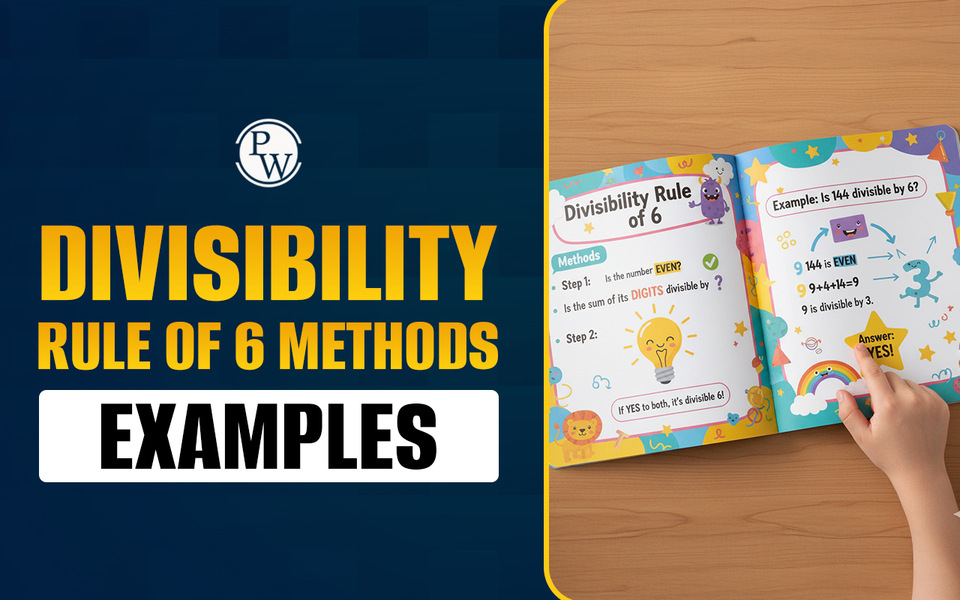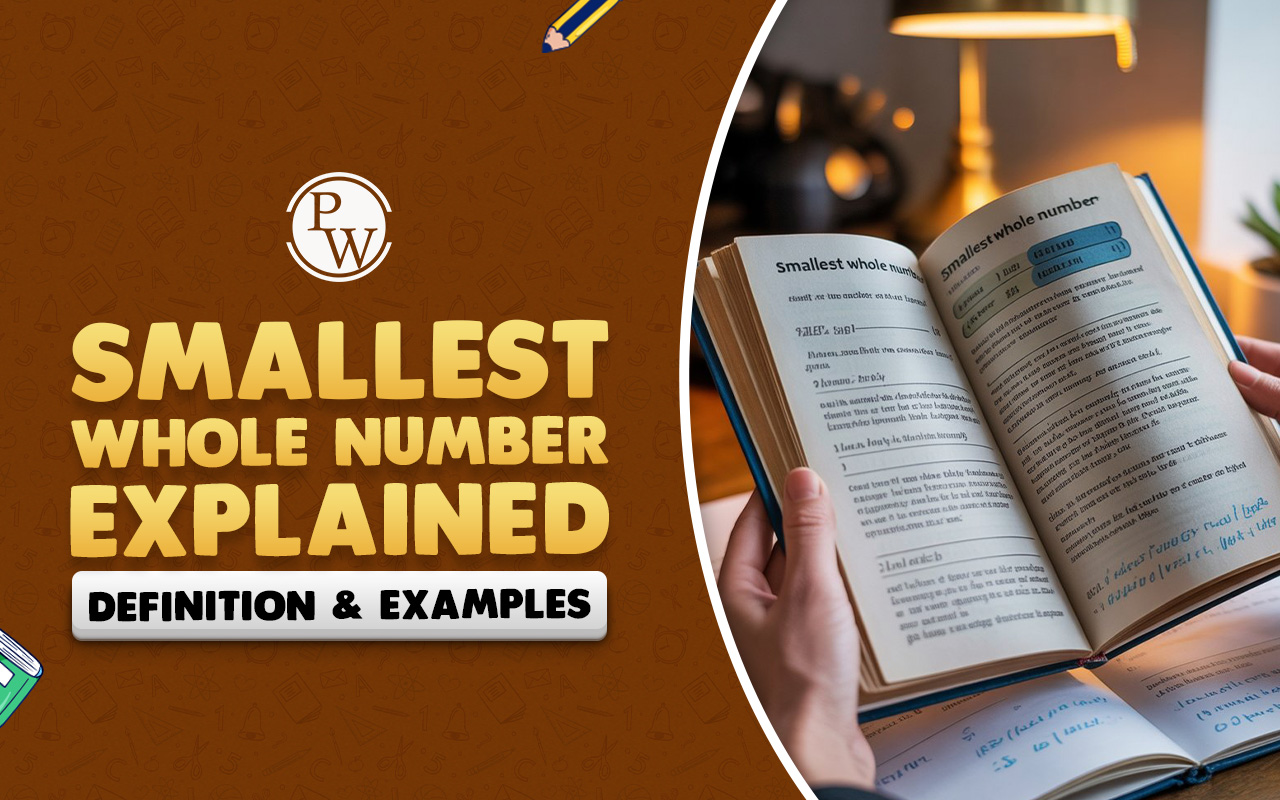
Descending order is the arrangement of numbers or values from the highest to the lowest . This concept is widely used in mathematics, data organization, and sorting tasks.
When we order items in a sequence, placing the largest value first and continuing towards the smallest, we are using descending order. This process is essential in many real-world applications, such as ranking scores, organizing resources, or analyzing data trends. For example, when sorting test scores from highest to lowest, we are following a descending order. It is the opposite of ascending order, where values are arranged from smallest to largest. Understanding how to arrange numbers in descending order is a fundamental skill for handling numbers and data effectively.What is Descending Order
 Descending order refers to the arrangement of numbers, letters, or other items from the highest to the lowest value
. In mathematics, when we organize a set of numbers in descending order, we start with the
largest number and proceed to the smallest
.
For example, if we have the numbers 8, 3, 5, and 1, arranging them in descending order would be 8, 5, 3, and 1.
This concept is not limited to numbers but applies to letters, where alphabetical characters can be arranged from Z to A. Descending order is commonly used in various fields, including data analysis, statistics, and programming, as it helps quickly identify the largest values and understand the distribution of data.
By organizing information in descending order, we can enhance clarity and facilitate easier comparisons, making it a valuable tool in both academic and practical applications
.
[video width="1920" height="1080" mp4="https://www.pw.live/exams/wp-content/uploads/2024/12/Curious-Jr-Ad-3-1-1.mp4"][/video]
Descending order refers to the arrangement of numbers, letters, or other items from the highest to the lowest value
. In mathematics, when we organize a set of numbers in descending order, we start with the
largest number and proceed to the smallest
.
For example, if we have the numbers 8, 3, 5, and 1, arranging them in descending order would be 8, 5, 3, and 1.
This concept is not limited to numbers but applies to letters, where alphabetical characters can be arranged from Z to A. Descending order is commonly used in various fields, including data analysis, statistics, and programming, as it helps quickly identify the largest values and understand the distribution of data.
By organizing information in descending order, we can enhance clarity and facilitate easier comparisons, making it a valuable tool in both academic and practical applications
.
[video width="1920" height="1080" mp4="https://www.pw.live/exams/wp-content/uploads/2024/12/Curious-Jr-Ad-3-1-1.mp4"][/video]
Descending Order Symbol
The descending order symbol, ">", represents an arrangement or sequence of numbers, values, or items in order from the largest to the smallest. It is commonly used in mathematics, data analysis, and many other fields to express a decreasing sequence. The opposite of descending order is ascending order, where numbers or values are arranged from smallest to largest (using the "<" symbol) .Examples:
-
In Numbers:
- 10 > 8 > 5 > 3 > 1
- This means 10 is greater than 8, which is greater than 5, and so on.
-
In Sorting Data:
- When organizing a list of scores from highest to lowest, you might arrange them like this: 95 > 90 > 85 > 80 > 75.
-
In Logical Expressions:
- 7 > 5 means 7 is greater than 5
Descending Order Examples
Here are some examples of arranging numbers, letters, and other items in descending order:1. Numbers
- Example 1 : Arrange the following numbers in descending order: 12, 5, 8, 20, 3 Descending Order: 20, 12, 8, 5, 3
- Example 2 : Arrange the following numbers: 45, 67, 23, 89, 12 Descending Order: 89, 67, 45, 23, 12
2. Decimals
- Example : Arrange the following decimal numbers in descending order: 3.5, 2.1, 4.8, 1.9 Descending Order: 4.8, 3.5, 2.1, 1.9
3. Negative Numbers
- Example: Arrange the following negative numbers in descending order: -1, -5, -3, -10 Descending Order: -1, -3, -5, -10 (Note: In this case, -1 is greater than the other negative numbers.)
4. Alphabets
- Example: Arrange the following letters in descending order: D, A, C, B Descending Order: D, C, B, A (This is based on the alphabetical order from Z to A.)
5. Words by Length
- Example: Arrange the following words in descending order based on their length: apple, banana, fig, cherry Descending Order: banana (6), cherry (6), apple (5), fig (3)
6. Scores
- Example : Arrange the following test scores in descending order: 78, 95, 88, 62, 100 Descending Order: 100, 95, 88, 78, 62
7. Ages
- Example : Arrange the following ages in descending order: 25, 30, 18, 22, 40 Descending Order: 40, 30, 25, 22, 18.
Decimal Numbers in Descending Order
Decimals are arranged in descending order by examining the digits from left to right based on their place value. Start by comparing the whole number part of the decimal numbers. If two or more numbers have the same whole number part, compare the digit in the tenth place (the first digit to the right of the decimal point). If the tenth digits are also the same, move to the hundredth place and continue this process as needed. This systematic approach ensures the correct order from largest to smallest. For instance, 8.76 > 6.55 > 5.98 > 3.89 > 2.45 > 1.23 demonstrates the arrangement of decimal numbers in descending order.| Related Articles | |
| Subtraction Sums | Word Problems |
| What is an Abacus? | Math Puzzles |
| Multiplication Worksheets : | Multiplication Sums |
Descending Order FAQs
What is the descending order of 1, 5, 3, 7, 7, 10?
The descending order of the numbers 1, 5, 3, 7, 7, 10 is: 10, 7, 7, 5, 3, 1.
What is the descending order of numbers from 1 to 10?
The descending order of numbers from 1 to 10 is: 10, 9, 8, 7, 6, 5, 4, 3, 2, 1.
What is the formula for descending order?
There is no specific formula for descending order. However, to arrange numbers in descending order, start by identifying the largest number and continue placing numbers in decreasing order until the smallest value is reached.
What is the order of the descending order?
In descending order, numbers are arranged from the largest to the smallest, meaning the highest value is placed first, followed by smaller values in sequence.
What is descending order?
Descending order refers to the arrangement of items, typically numbers, from highest to lowest. For example, numbers like 10, 9, 8, 7, 6, 5, 4, 3, 2, 1 are in descending order.
Talk to a counsellorHave doubts? Our support team will be happy to assist you!

Check out these Related Articles
Free Learning Resources
PW Books
Notes (Class 10-12)
PW Study Materials
Notes (Class 6-9)
Ncert Solutions
Govt Exams
Class 6th to 12th Online Courses
Govt Job Exams Courses
UPSC Coaching
Defence Exam Coaching
Gate Exam Coaching
Other Exams
Know about Physics Wallah
Physics Wallah is an Indian edtech platform that provides accessible & comprehensive learning experiences to students from Class 6th to postgraduate level. We also provide extensive NCERT solutions, sample paper, NEET, JEE Mains, BITSAT previous year papers & more such resources to students. Physics Wallah also caters to over 3.5 million registered students and over 78 lakh+ Youtube subscribers with 4.8 rating on its app.
We Stand Out because
We provide students with intensive courses with India’s qualified & experienced faculties & mentors. PW strives to make the learning experience comprehensive and accessible for students of all sections of society. We believe in empowering every single student who couldn't dream of a good career in engineering and medical field earlier.
Our Key Focus Areas
Physics Wallah's main focus is to make the learning experience as economical as possible for all students. With our affordable courses like Lakshya, Udaan and Arjuna and many others, we have been able to provide a platform for lakhs of aspirants. From providing Chemistry, Maths, Physics formula to giving e-books of eminent authors like RD Sharma, RS Aggarwal and Lakhmir Singh, PW focuses on every single student's need for preparation.
What Makes Us Different
Physics Wallah strives to develop a comprehensive pedagogical structure for students, where they get a state-of-the-art learning experience with study material and resources. Apart from catering students preparing for JEE Mains and NEET, PW also provides study material for each state board like Uttar Pradesh, Bihar, and others
Copyright © 2025 Physicswallah Limited All rights reserved.
Get App








